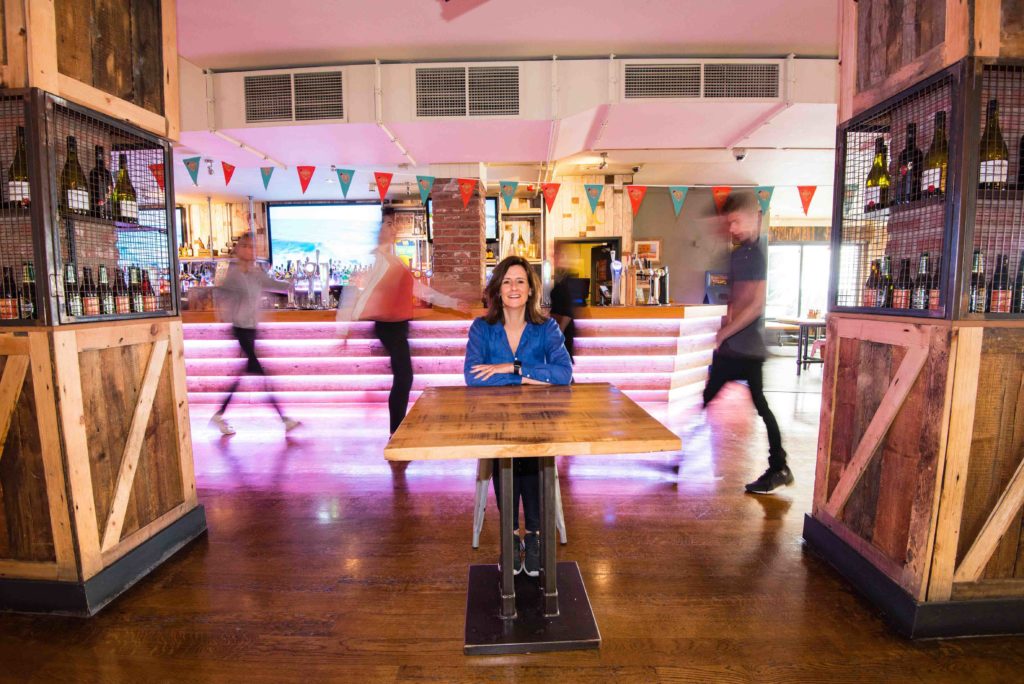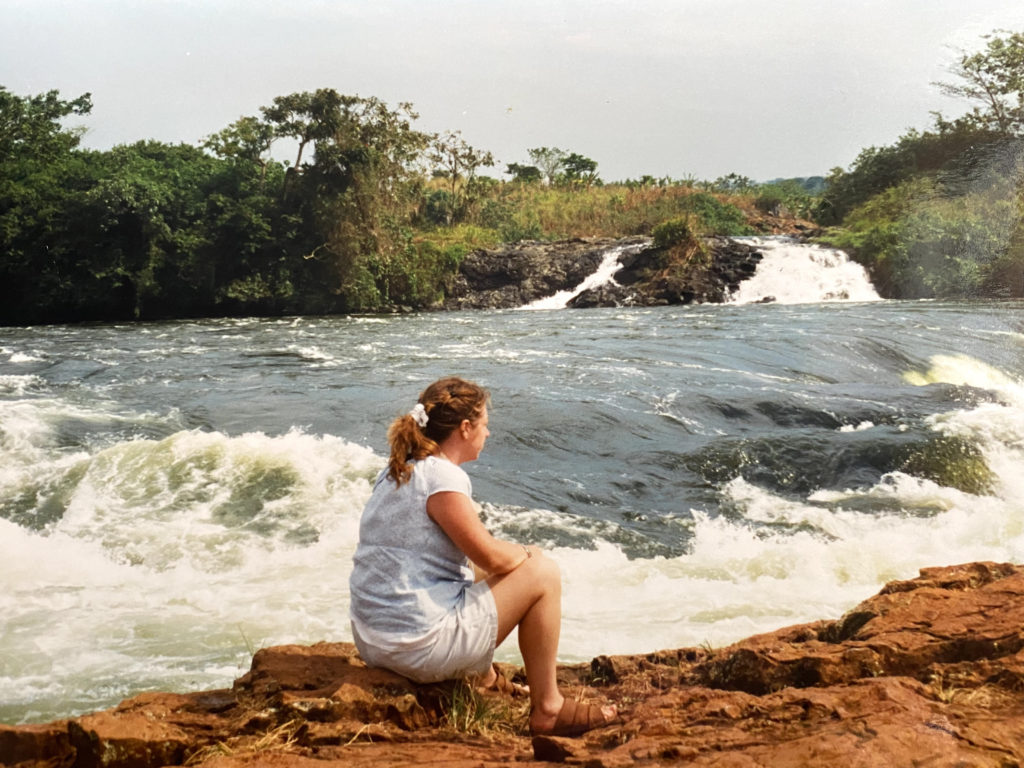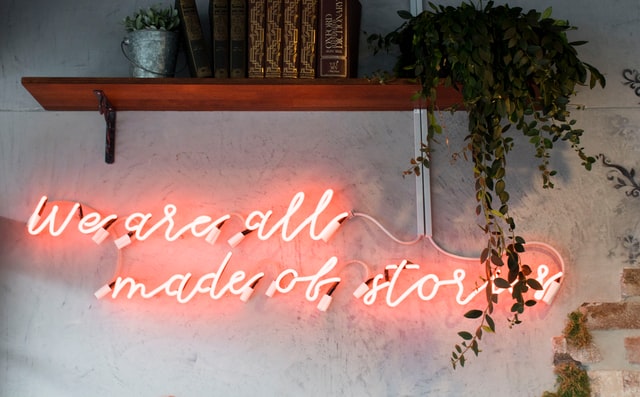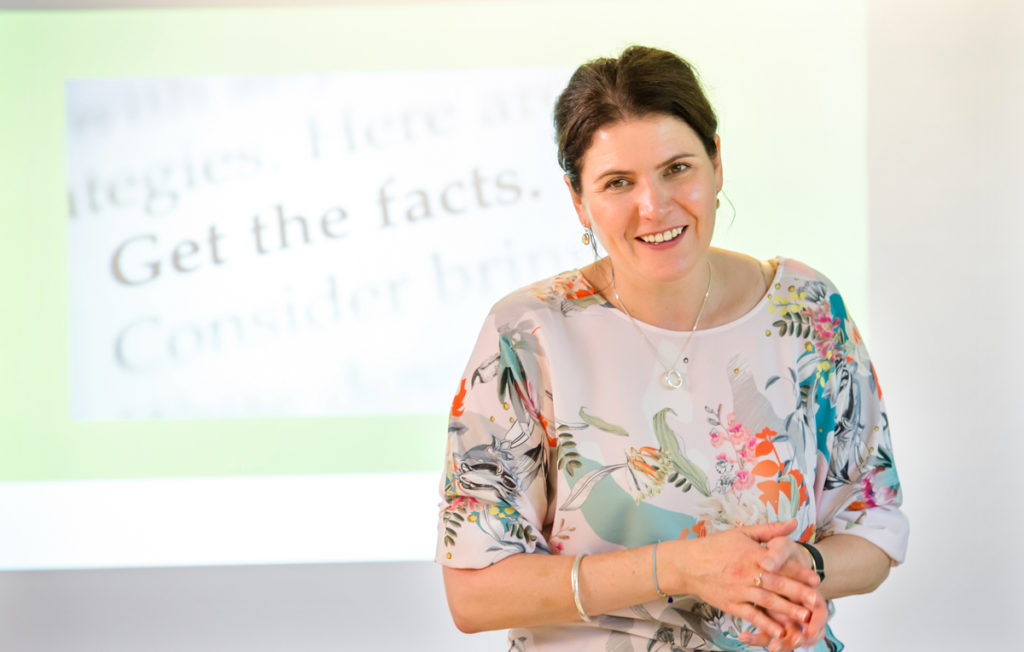10 tips on writing a corporate photography brief

Scroll to the bottom for your free sample photography brief
Putting some thought into your Photography Brief at this stage ensures that:
✓ You have an agreement with the company about expectations
✓ You ensure that you get as much as possible from the commission – that doesn’t necessarily mean more photographs. It means that your photographer will focus on capturing the images you need and take into account any technical/logistical details.
Define usage
What is the purpose of the photo commission, what do you need them for? There are a hundred and one things that you could use a set of professional images for, including:
- Staff portraits for your website, press, internal, events and social channels
- Facebook albums – ie of events
- For press release [1] to media outlets
- Evidence for grant applications, Quality Awards, etc or bids
- Newsletters and blogs
- A visual content stock kept ready for your own immediate use
What your primary reason for having the photographs is for influences the style, potentially the set up and also the technical parameters of what you need. Obviously you can re-purpose the images, but what is your primary objective?
Technical Information
Are there any technical things you should let the photographer know about (ie if you are having the images printed on hoardings, or are they for your website)? It’s best to check with your designers/printers first about what they need, you could of course just put the photographer and designer in touch so you don’t get too caught up in the technical bit!
This is really important – for example:
We were asked to take some images for a professional services new website. The design included some really narrow ‘letterbox’ shaped hero shots. There were actually some issues with getting what they needed into such a narrow shape so some discussion was required between our client and their web designers. To cut a long story short, we provided the client with some very ‘loos’ shots (with lots of space around the actual focus of the image) so that the designers had space to crop the image to the size they needed. However, we needed to know all of the information in order to set things up in the best possible way for them. Happy to report the site looks great.
Plan
Organise the time carefully. The more you plan out the logistics, the more you will get from the shoot, it’s simple. For example, if you are having some shots taken in your offices, make sure the staff are all supported in the ‘when, what to wear etc’ logistics. This is in order to ensure you enable a relaxed environment (it will be far more enjoyable for you and your staff, and that will come over in the images), whilst obviously balancing that with the needs of your business.
If you are having shots taken of your business in action – make sure offices are clean and tidy, any branindg is in shot – you may think these are obvious but you’d be surprised how many times people don’t think about those things. Don’t rely on Photoshop or filters – make it right to start with!
Style
Your images should enhance your brand, tell a story, illuminate your company. Show samples of any images that you do and don’t like to the photographer. Even better (maybe with anew photographer or for a major project), create a mood board – this can be easily done via a private Pinterest board. The more you can describe what you want out of the commission, the better – include a Branding Guidelines document too if appropriate.
Location
To a large extent of course, this depends on what is being photographed and for what purpose. Is the location of your business vital to your clients? Then get some of the geography in the images – Google likes that too! However, if for example, you are having staff portraits taken, have a think about where you could go that enhances your brand and style. We sometimes work with whole staff teams at a stately home, park, hotel or outside along the seafront as part of their away day. These places and occasions can be great for getting whole team shots – but remember the photographer will need to be able to get everyone in shot (so may need to be above you all). The photography company you work with will have specialist knowledge and ideas to help you with this.
Communication
Share the Brief wherever necessary – let everyone involved know it’s happening and what to expect. If appropriate, ensure you have a point of contact for the photographer during the shoot who can offer any on-location advice.
Shot List
Write a list of the shots you would like – it doesn’t have to be exhaustive of course as sometimes the best images just ‘happen’ during the shoot. However, make sure you put down anything you really do need.
Deadline
When do you want them by? Very important; we can send over edited images well within 24 hours if required, but many companies have a longer turn-round [2], so be sure to let them know.
Transfer
How do you want to receive them? We send images to our clients usually via We Transfer, FTP or Dropbox – if you are alarge national or international company, you may need to talk to your IT department and check out for any blocks on the system and what they suggest.
Enjoy!
Your relationship with your photographer should be a really positive experience. If it isn’t, or your photographer is too intrusive, takes up too much time, doesn’t deliver, or doesn’t keep a smile on their face – find someone else!
[1] There is a knack to writing a good press release but don’t be scared by it if it is not in your comfort zone. Professionals like us can help.
[2] ‘Turn-round’ – just an informal term for the time it takes a photographer to get back to their desk, download the images to their computer, edit the best, caption them [the information ‘behind’ the image that shows up on social media and for picture desks in the media] and send them to their client.






